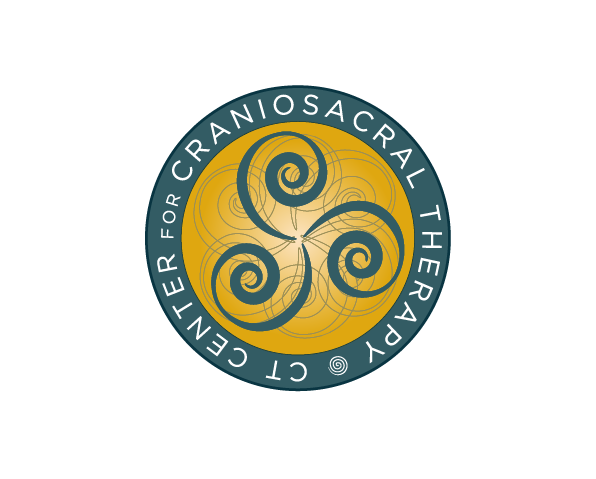
Ehlers-Danlos Syndromes
Manual Therapy Treatment Center
An EDS Society Network of Excellence
Northeastern US CORE
I do not treat the alphabet, I treat the person- YOU.
The CT Center for CranioSacral Therapy is the first CST center of its kind with a specific focus on supporting clients with EDS by way of gentle manual therapy.
Individual care with CranioSacral Therapy can very gently address many of the issues common to EDS. From subluxations and autonomic dysfunction, to headaches, MCAS and medical PTSD. Eloise is well-versed and exquisitely aware of the comorbidities of EDS, especially those affecting the central nervous system. She hears you and understands and offers a gentle avenue for your health and wellbeing. Please note that while Eloise can offer education, support, information and treatment, the ability to provide a diagnosis is outside her scope of practice.
Why CT Cranio?
Appointments can usually be scheduled within a few weeks
Dedication to providing a Center of Excellence for those with Ehlers-Danlos Syndrome and Hypermobility Spectrum Disorder and related connective tissue disorders.
Ongoing and supportive communication is maintained with you throughout your journey
Happy to communicate with your other medical professionals
Abundant time spent with you (no 15 minute appointments here!)
Education and resources available
Alternative payment arrangements may be available. Please reach out to to discuss your needs.
CST can address many EDS-specific issues including:
Pain management
Subluxations / Instability
TMJ dysfunction
Sacro-iliac joint dysfunction
Dysautonomia
Anxiety & depression
Chiari Malformation
Tethered Cord Syndrome
Craniocervical Instablility
Swallowing Issues
GI and Motility Issues
Headaches
10 years
Why the Zebra? The zebra is an international symbol for Rare Disorders.
There’s an adage in medicine that says “when you hear hoofbeats, thinks horses, not zebras”.
It’s meant to teach students that the most common scenario is the most likely scenario but zebras make hoofbeats too, and many people with rare disorders are dismissed and misdiagnosed frequently.
It takes an average of 10 years for people with EDS to be diagnosed correctly. In that time they will see countless professionals and will be bounced from specialist to specialist. This often leads to distrust in the medical community, and rightfully so.


